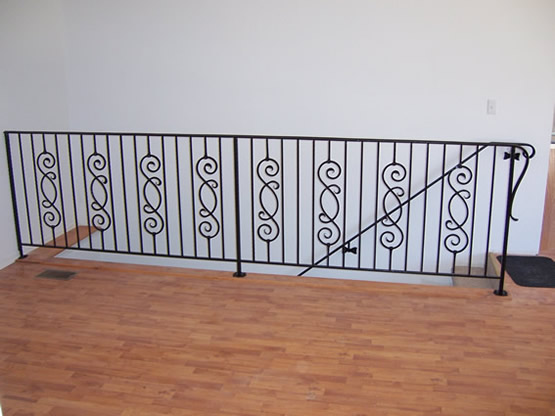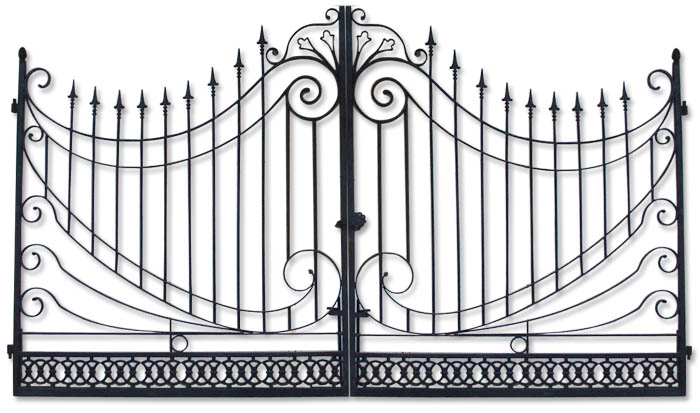HC Plastics News:
Prof. You Zhengwei from the Materials College of Donghua University has made significant progress in the field of 3D printing thermoset materials. They combine salt particles and thermosetting material prepolymers into 3D printed “composite inksâ€, which can realize a variety of thermosetting materials such as crosslinked polyester. Direct extrusion 3D printing of polyurethane and epoxy resin.
3D printing technology can quickly and efficiently manufacture fine and complex three-dimensional structures, showing good application prospects in many fields. Thermoset materials have excellent mechanical properties, thermal stability and chemical resistance. However, most thermosetting materials, especially non-photocurable materials, require a long cross-linking process and are difficult to match the 3D printing continuous manufacturing method.
In this regard, You Zhengwei team proposed a novel strategy to combine salt particles and thermosetting material prepolymer into a 3D printed “composite inkâ€. The salt particles act as a thickener in the 3D printing process, ensuring smooth operation. Printing and molding; in the process of heat curing, the salt particles act as a reinforcing agent, and the three-dimensional structure of the printing is preserved during the high-temperature and high-vacuum crosslinking process; after the salt particles are solidified and formed during the printing process, it can be conveniently The water is dissolved and removed, thereby obtaining a porous structure as a porogen.
You Zhengwei said that the strategy has good versatility and can realize direct extrusion 3D printing of various thermosetting materials such as crosslinked polyester, polyurethane and epoxy resin. The printed structure also has micropores which are difficult to obtain by conventional 3D printing. .
Lei Dong, the first author of the thesis and a doctoral student at Donghua University, said that the inspiration for adding salt is derived from the concrete materials commonly used in civil engineering. Cement mixed with a certain proportion of stone, sand and other filling materials can strengthen the supporting structure and improve the compressive strength. 
Editor in charge: Yao Chunlin
Xinteli Wrought Iron Products are widely used on gates, fences, stairs, balconies and many other metal art works. We offer a great selection of wrought iron products, we supply about 5000 different items in wrought iron business, many of components are still hand-made, you can buy from us nearly all the popular patterns in this business. Our wrought iron products can be combined with others in a series to create unlimited patterns and unique designs. Our powder coat section offers wrought iron parts that can be painted. Our products are famous in America, Europe and Asia market. Components, assembled balustrade and gate are available according to customer`s requirement.Such as Wrought Iron Gate,Wrought Iron Fence.


Wrought Iron Products
Wrought Iron Products,Black Coated Wrought Iron Fence,Ornamental Wrought Iron Products,Wrought Iron Stamping Products,Wrought Iron Gate,Wrought Iron Fence,Wrought Iron Railings
Hebei Xinteli Co., Ltd. , https://www.sinohardwares.com